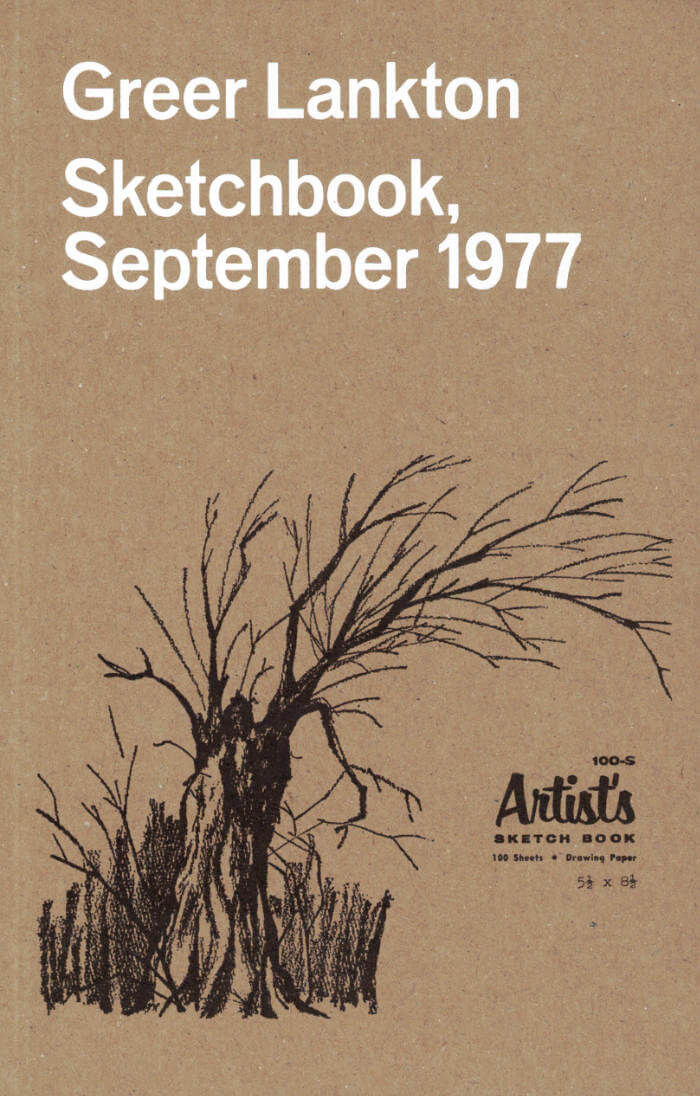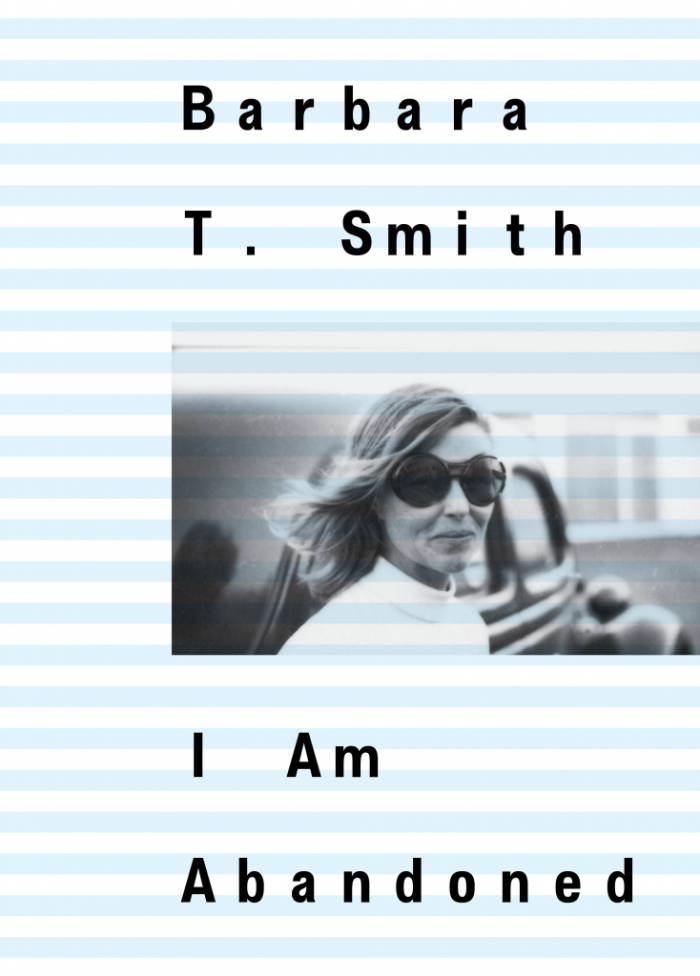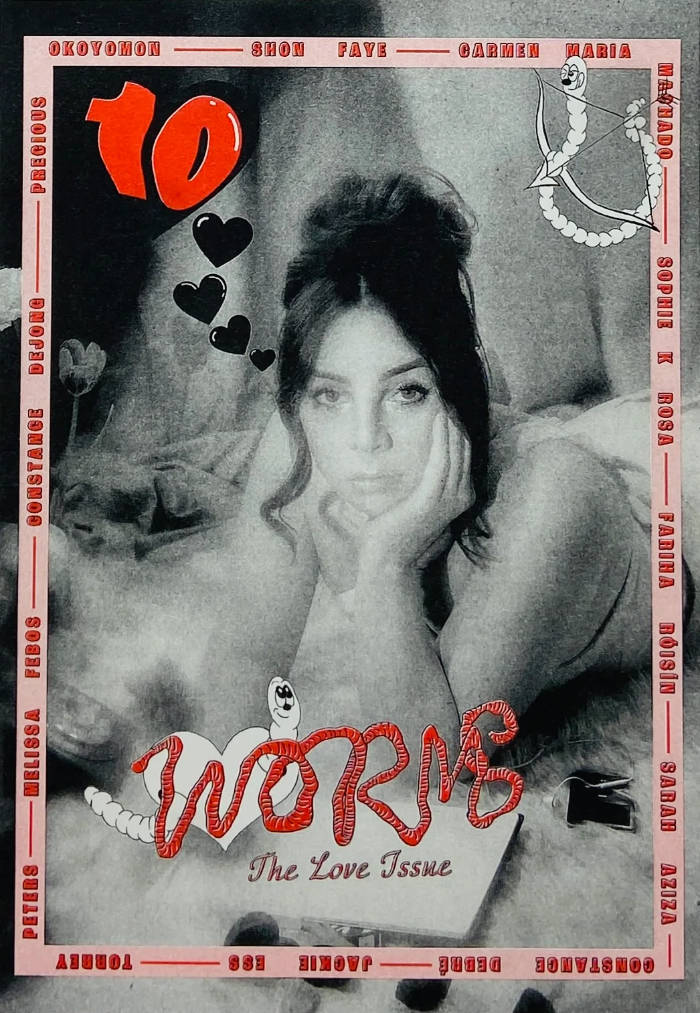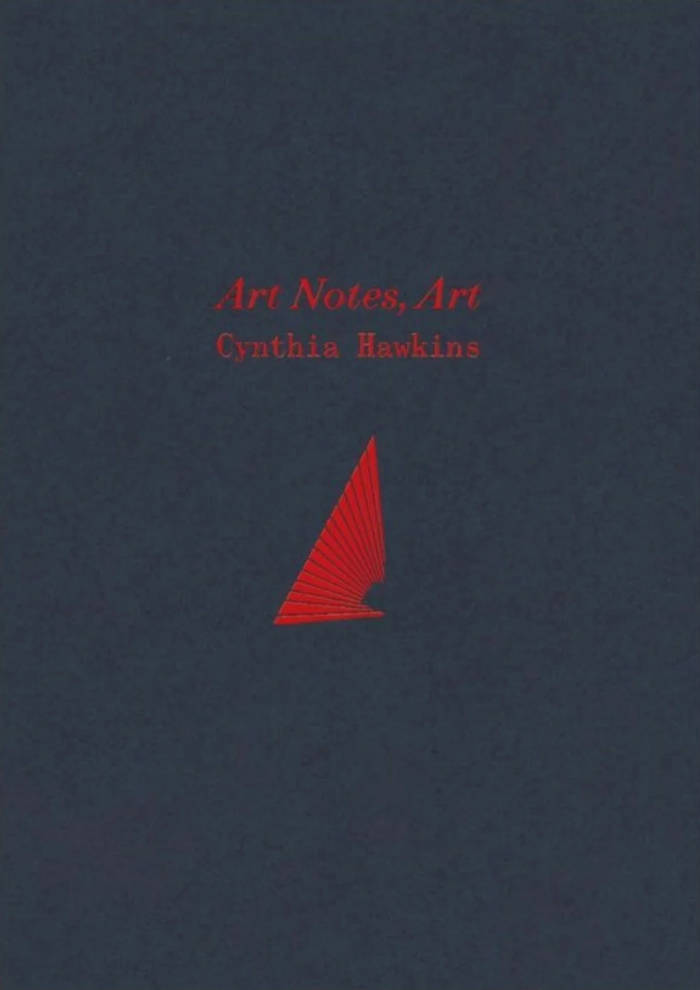
Reader
Reader is the first anthology to gather Constance DeJong’s diverse body of writing. Spanning from the 1980s to the present, the publication features eighteen works by DeJong, including out-of-print and previously unpublished fiction, as well as texts emanating from her new media sculptures, sound works, video works, and public art commissions.
An influential figure of the 1970s and ’80s downtown New York writing and performance scene, Constance DeJong has channeled time and language as mediums in her work for the last four decades, expanding the possibilities of narrative form and literary genre. From the earliest work collected here—a manuscript of DeJong’s 1982 prose text I.T.I.L.O.E.—to the digital project Nightwriters (2017-18), Reader assembles a range of experimental texts by the artist. The volume includes such works as the 2013 publication and performance, SpeakChamber and the script for Relatives (1988), a duet between a television and a performer made in collaboration with artist Tony Oursler. Never-before-published works including texts created for re-engineered vintage radios, aphorisms commissioned for a Times Square digital billboard, and transcripts for sound works originally installed along the Thames and Hudson rivers are also featured in the book.
Taken together, these works showcase how DeJong has helped define and push the boundaries of language in the visual and performing arts. The artist’s sustained exploration of language blurs the lines between many fields, and DeJong’s work has also had a long life in the literary world. In the late 1970s, she self-published the critically acclaimed novel Modern Love on her short-lived Standard Editions imprint. On the 40th anniversary of the novel’s original publication, the book was published in facsimile form by Primary Information and Ugly Duckling Presse, and has gone on to sell over 10,000 copies since its release in 2017.
Constance DeJong is a New York-based artist who has exhibited and performed internationally. Her work has been presented at the Renaissance Society, Chicago; the Walker Art Center, Minneapolis; the Wexner Center for the Arts, Columbus; the Philadelphia Museum of Art; and in New York at the Dia Art Foundation; The Kitchen, Thread Waxing Space, and the Whitney Museum of American Art. In 1983 she composed the libretto for Satyagraha, the Philip Glass opera, which has been staged at opera houses worldwide, including the Metropolitan Opera, New York; the Netherlands National Opera, Rotterdam; and the Brooklyn Academy of Music, New York. She has permanent audio-text installations in Beacon, New York; London; and Seattle. DeJong has published several books of fiction, including her celebrated Modern Love (Standard Editions, 1977; Primary Information/Ugly Duckling Presse, 2017), I.T.I.L.O.E. (Top Stories, 1983), and SpeakChamber (Bureau, 2013), and her work is included in the anthologies Up is Up, But So is Down: New York’s Downtown Literary Science, 1974-1991 (NYU Press, 2006); Blasted Allegories (New Museum/MIT, 1987), and Wild History (Tanam Press, 1985).
—
Editor: Rachel Valinsky
Designer: Freer Studio
Copy editor: Allison Dubinsky







